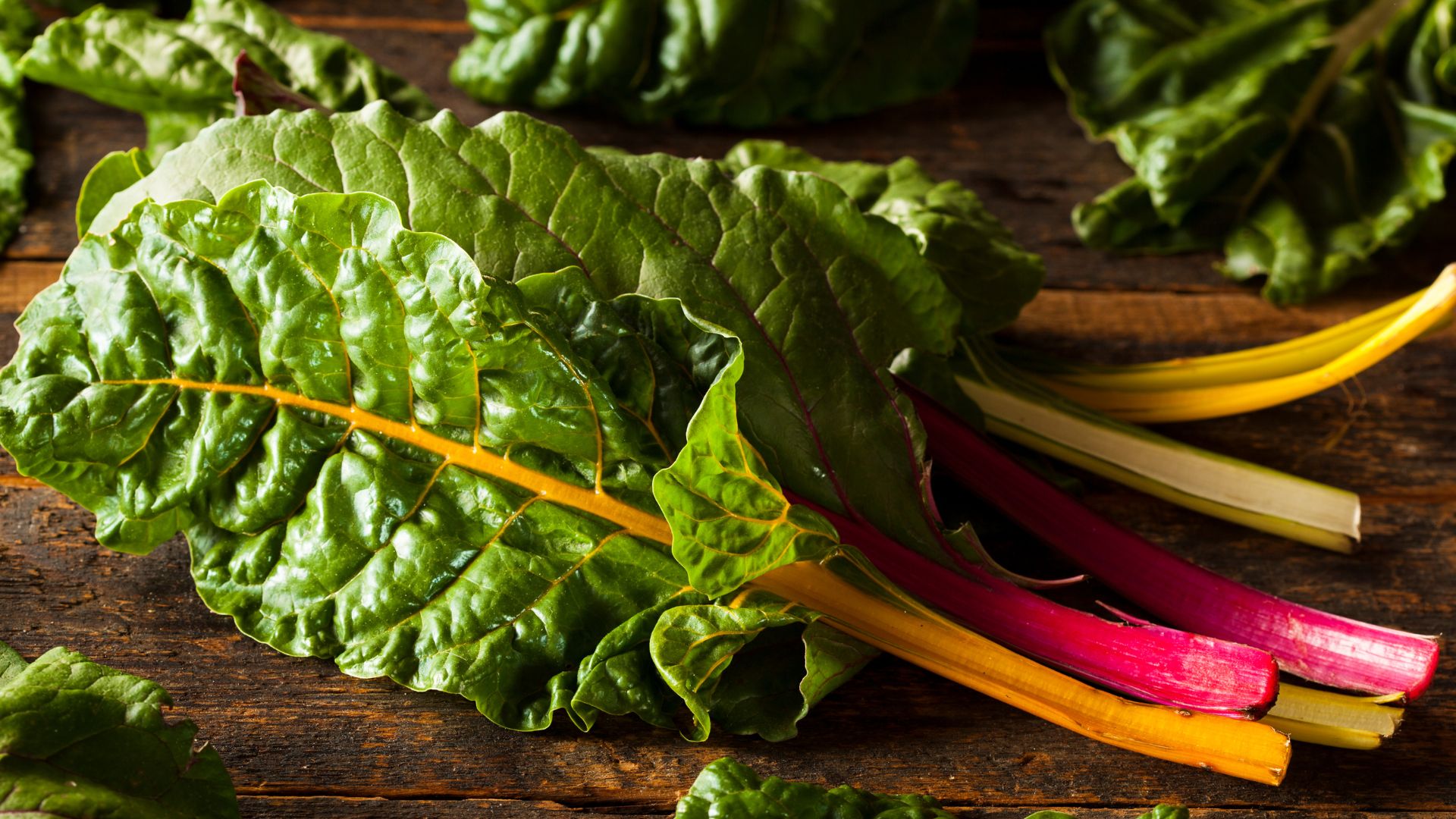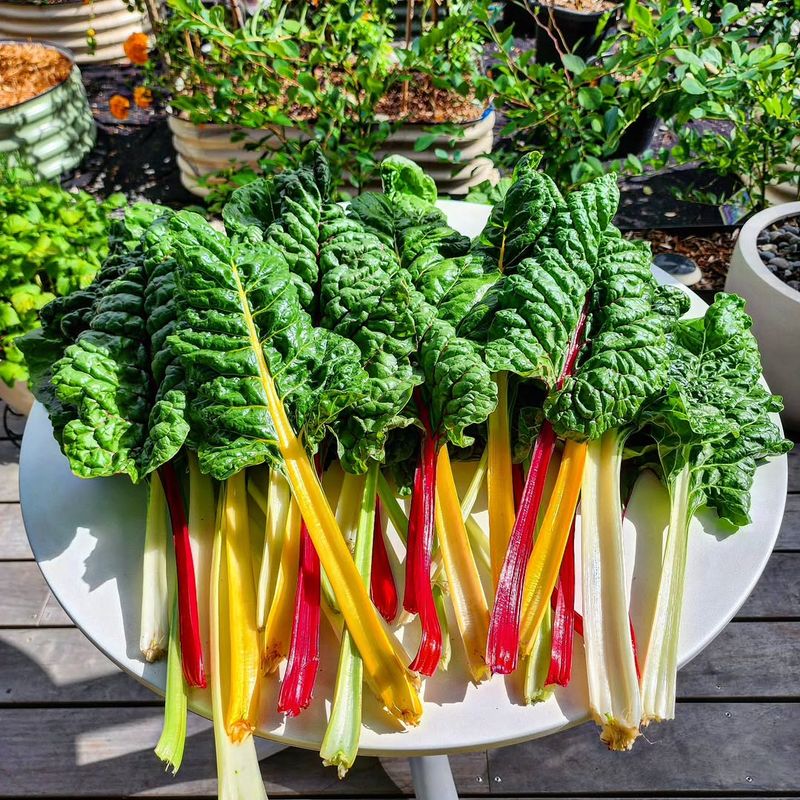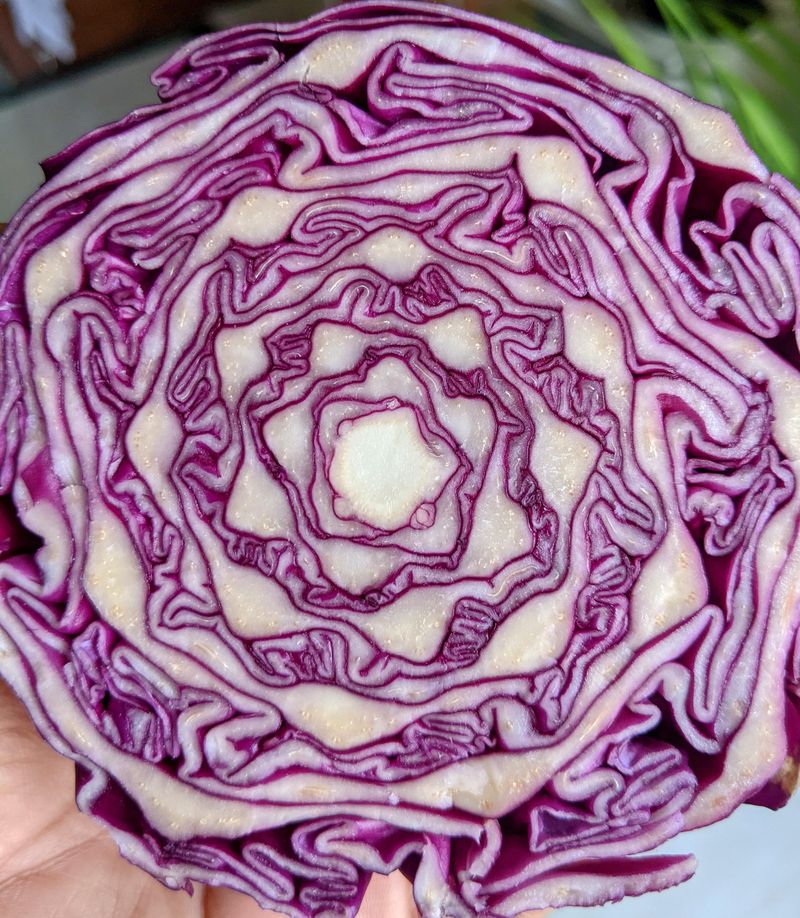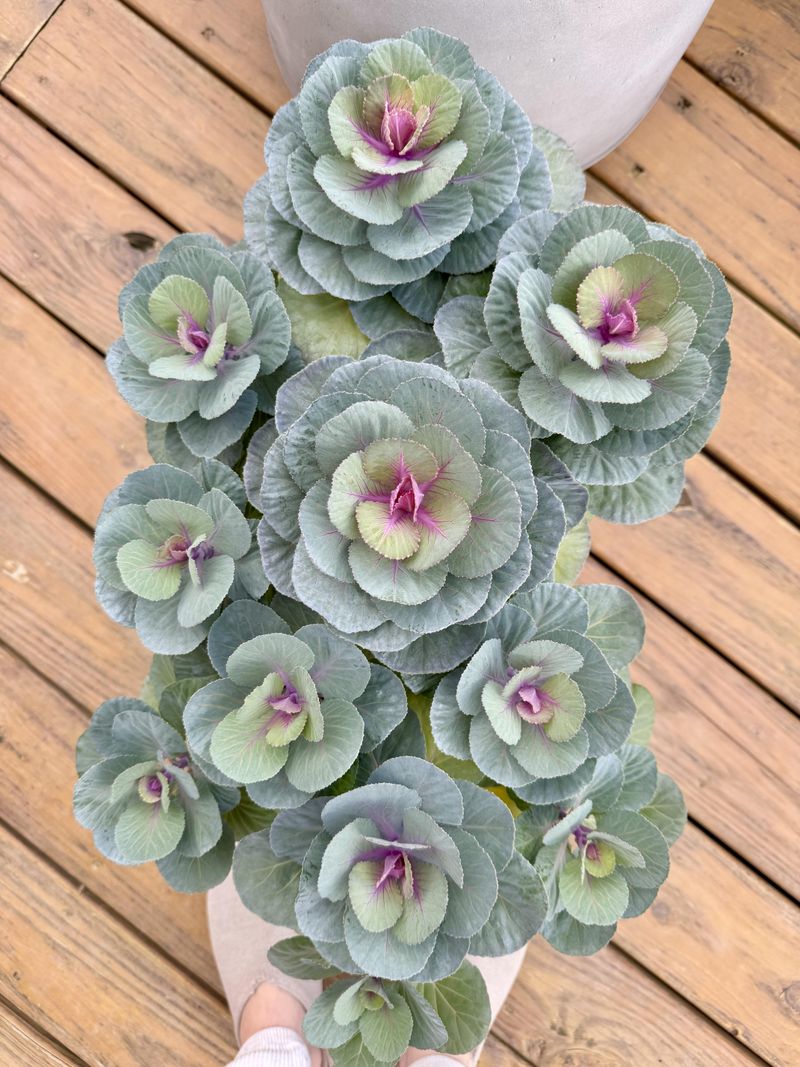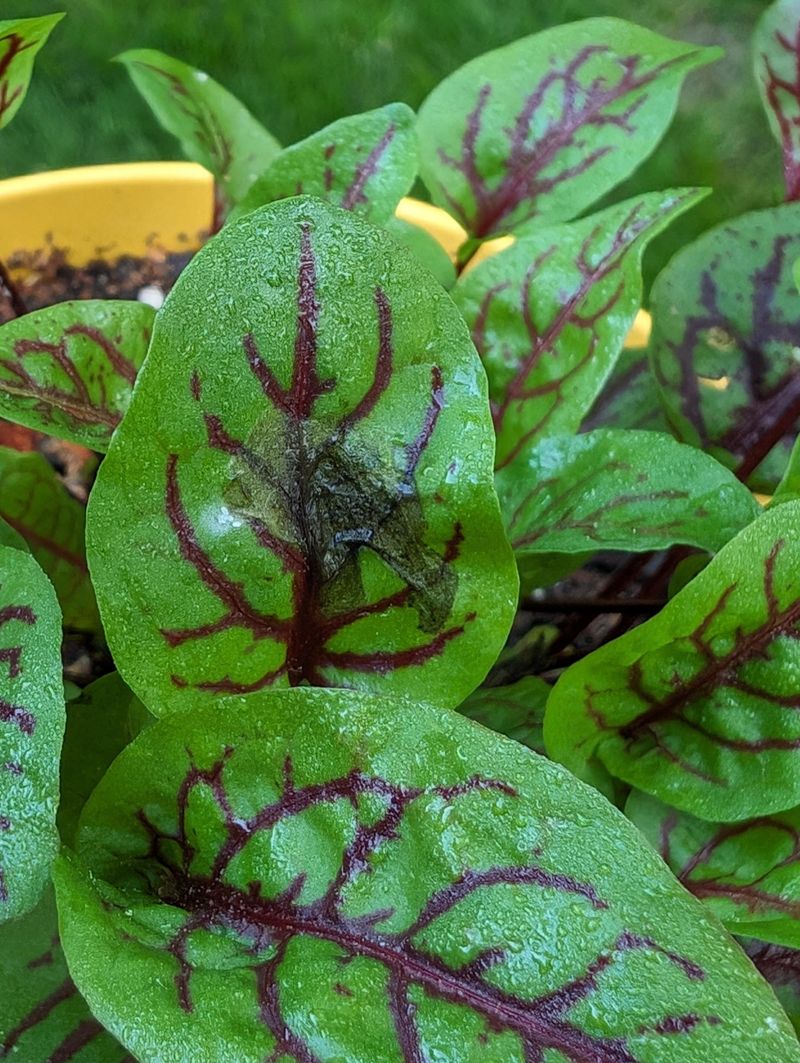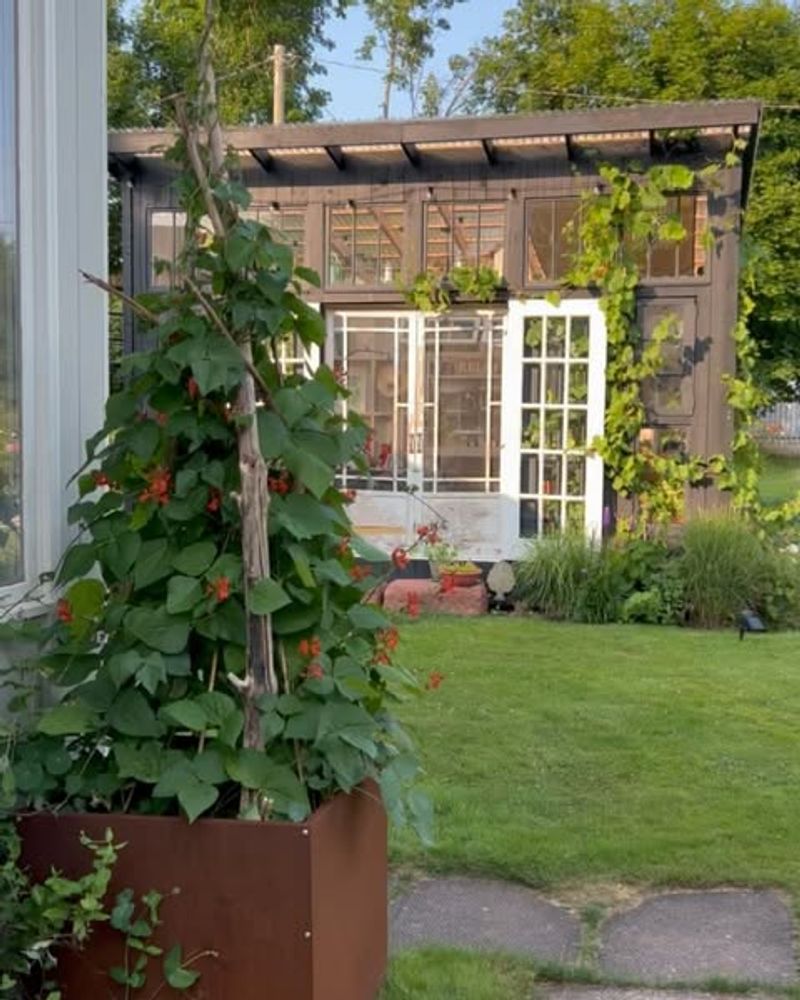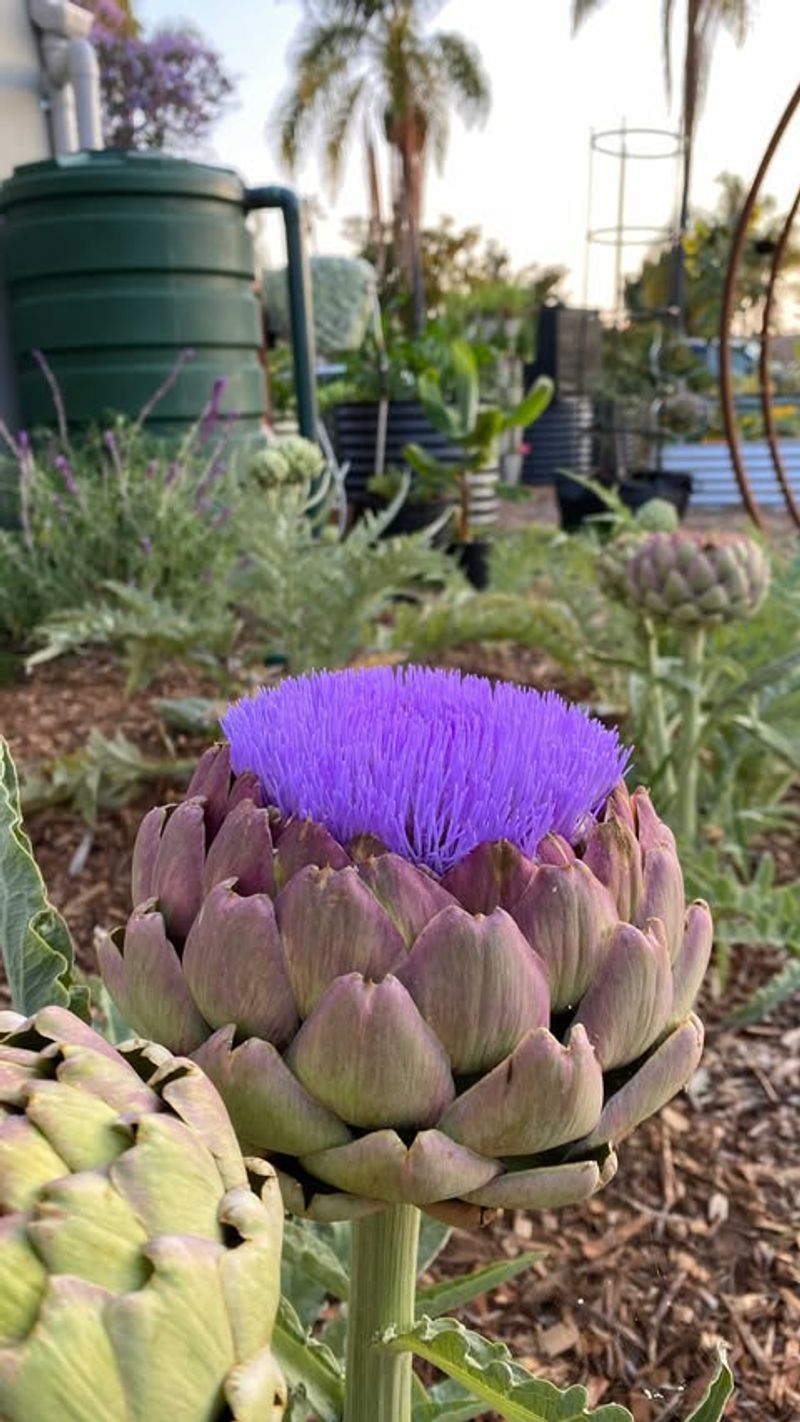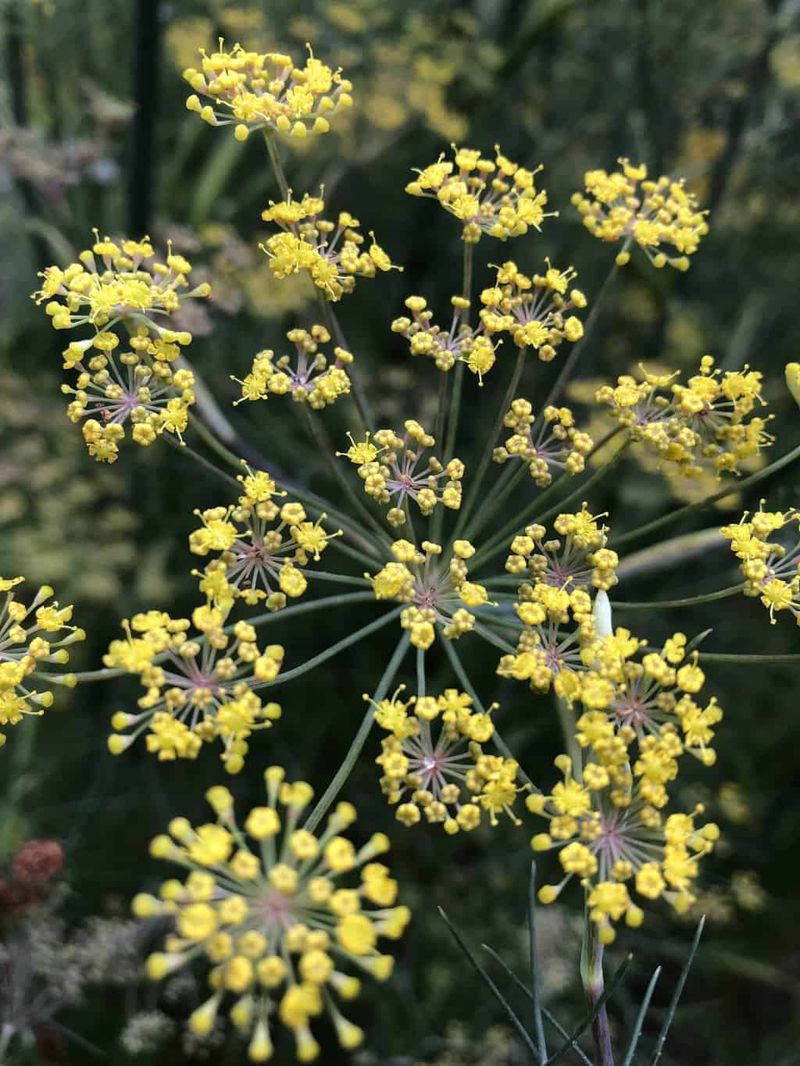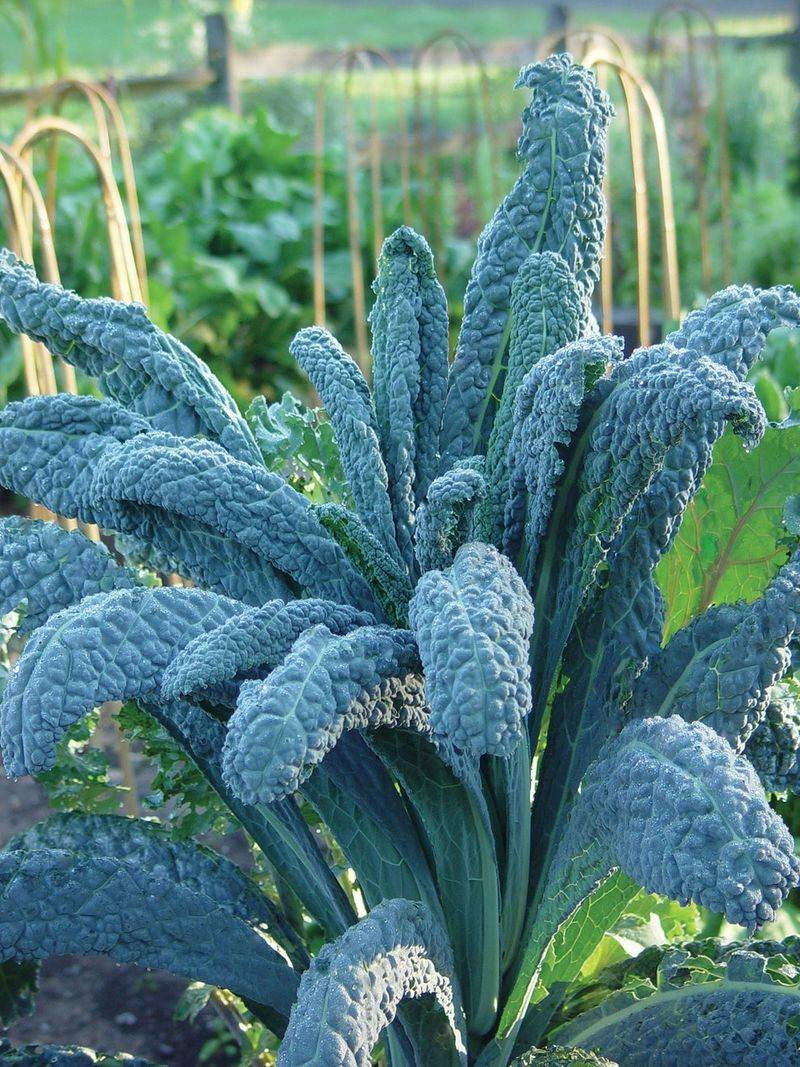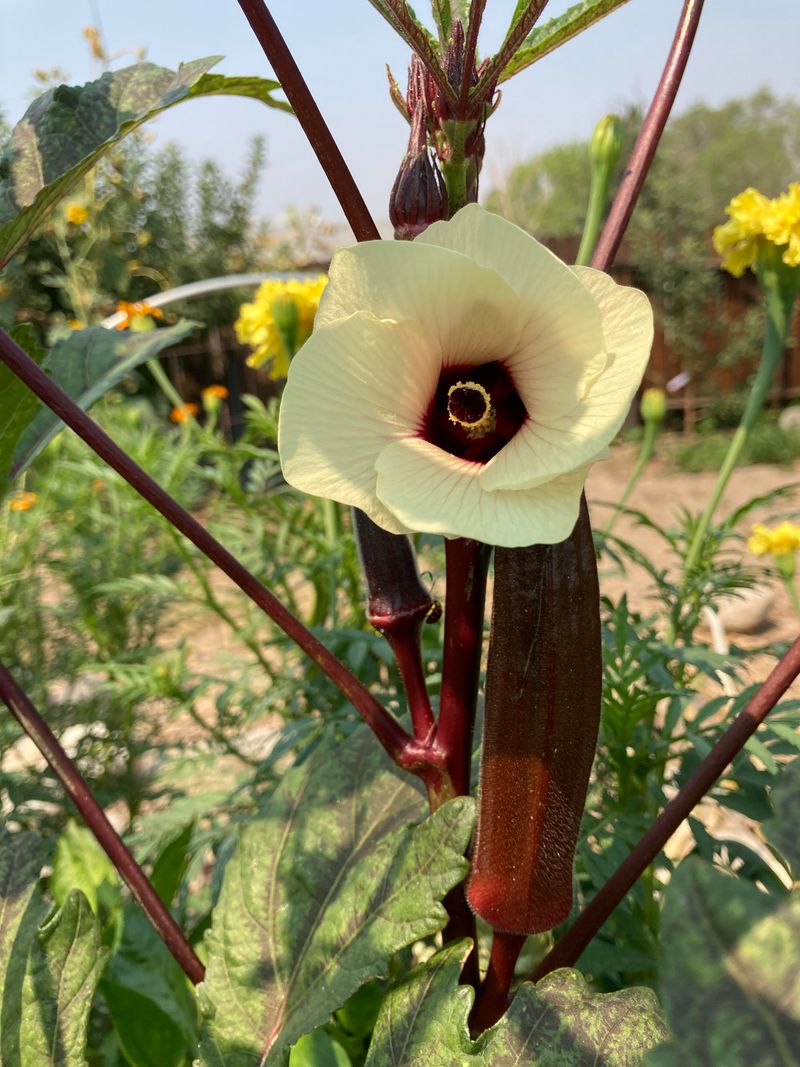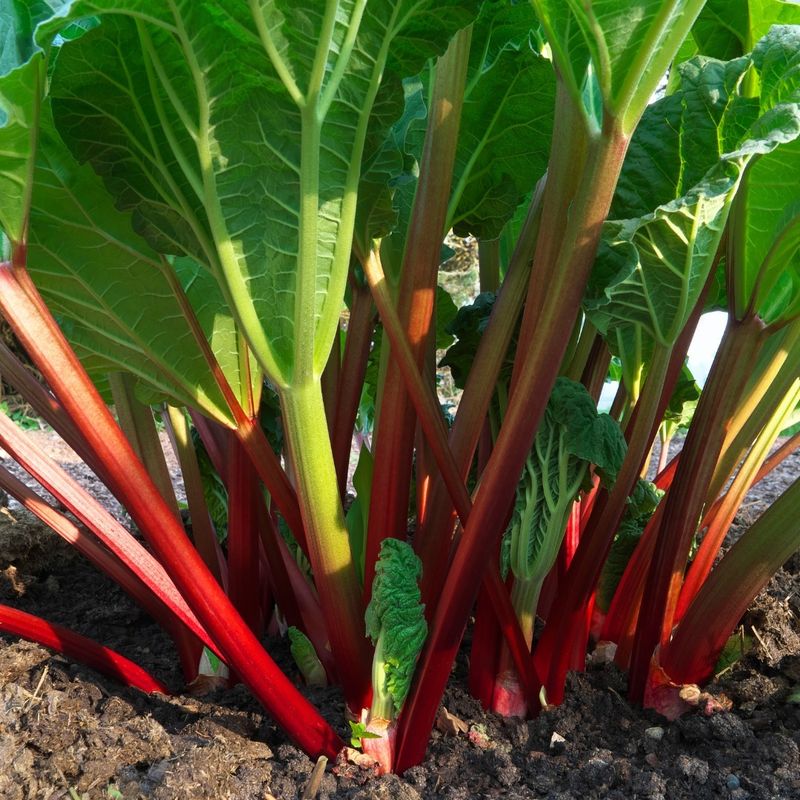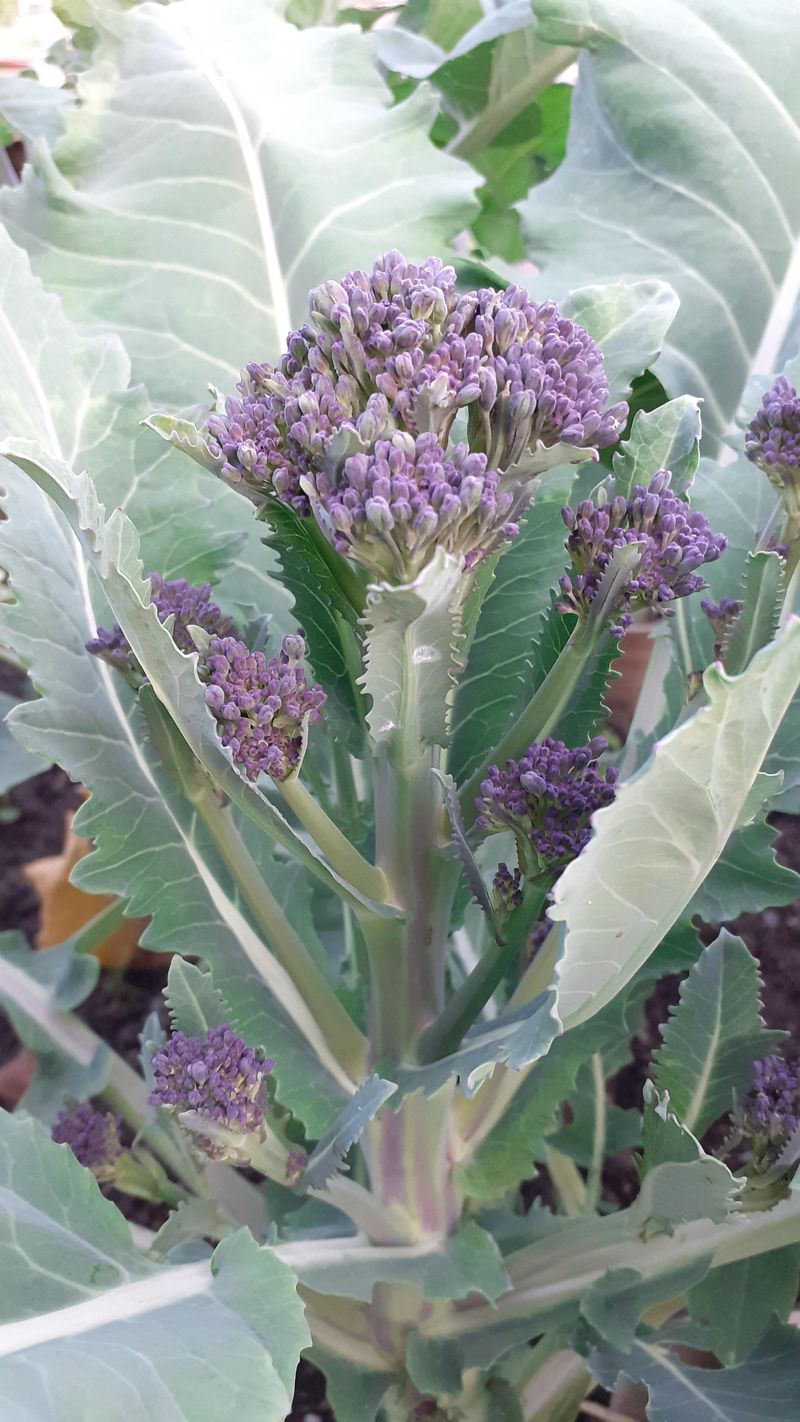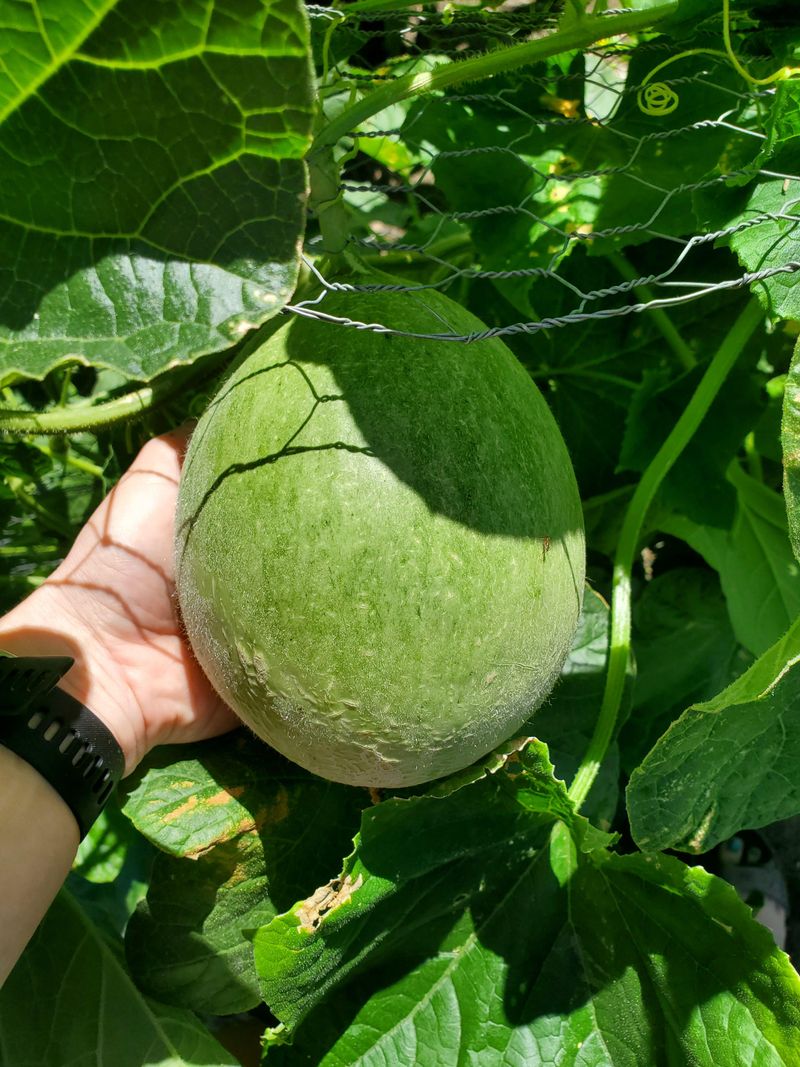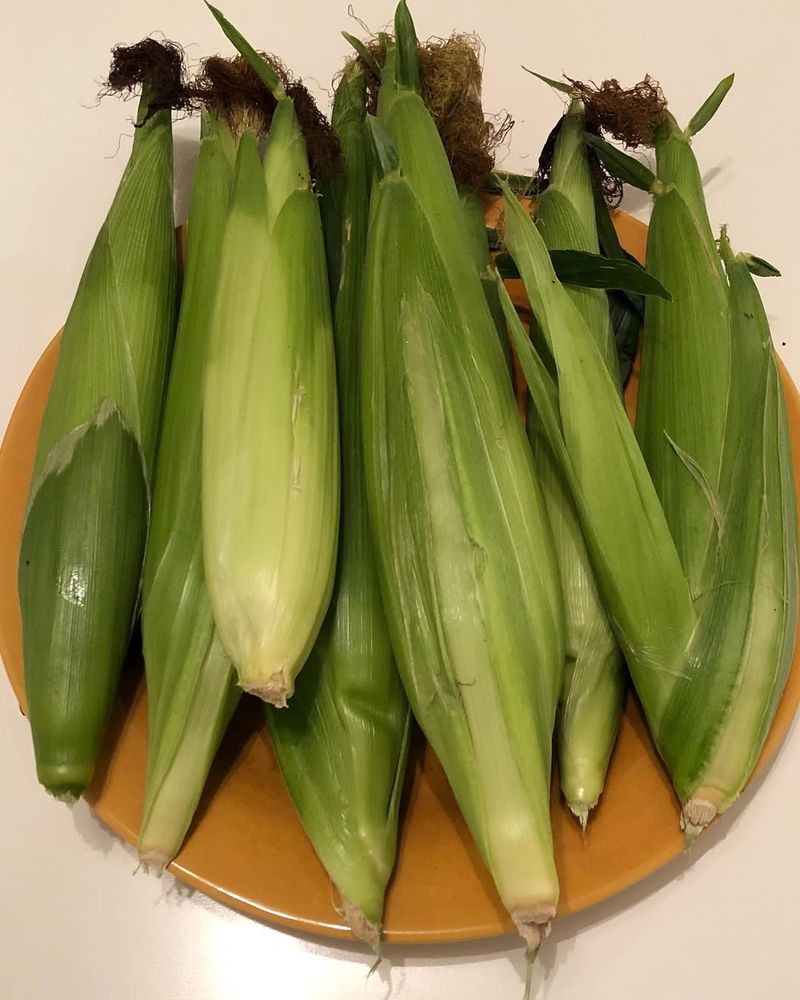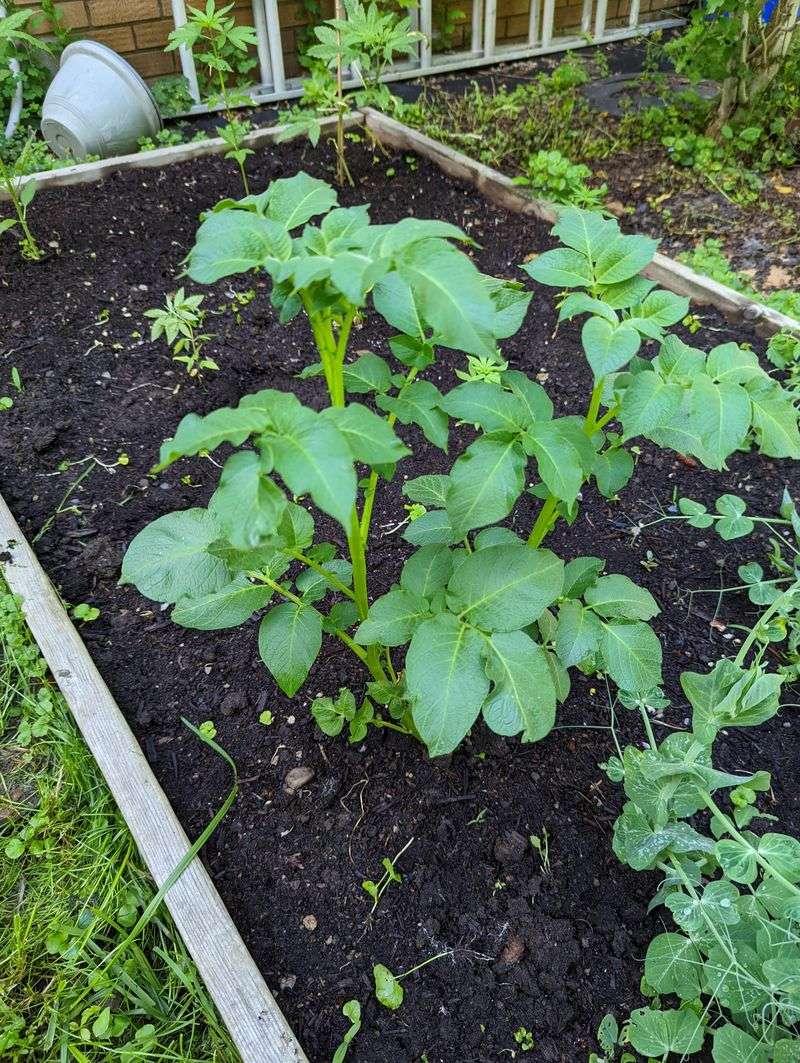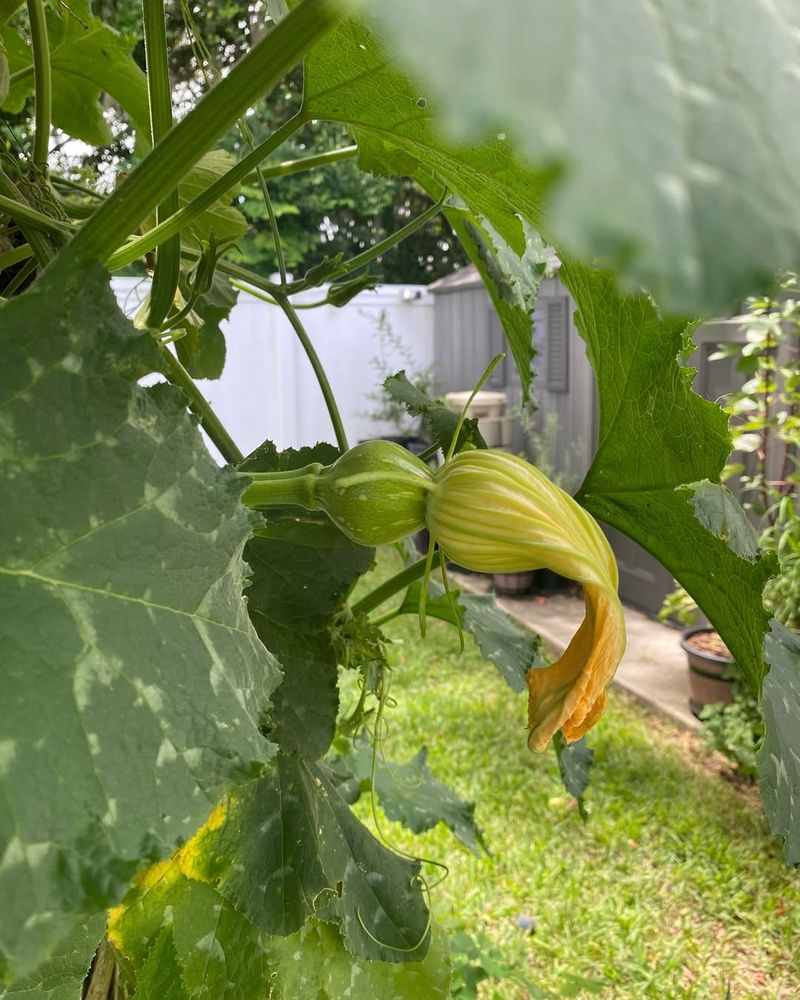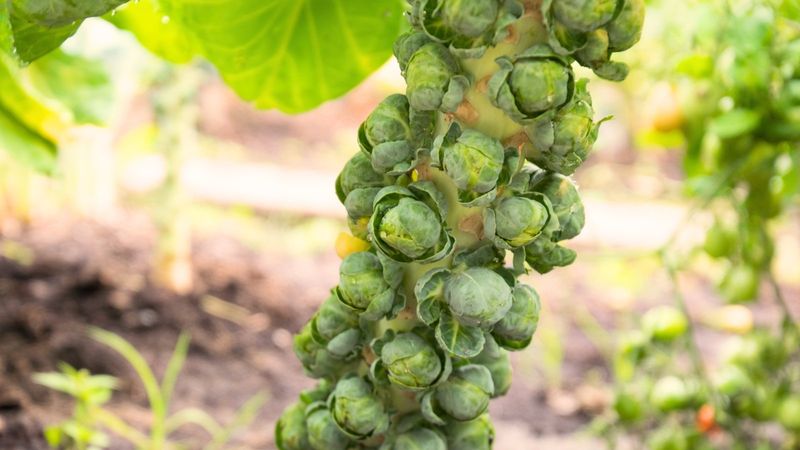Growing vegetables doesn’t have to mean giving up on curb appeal. With a little planning, you can create a front yard that’s both beautiful and productive. Some veggies bring vibrant colors and unique textures that rival traditional flowers.
Certain vegetables even add architectural interest, making your garden feel thoughtfully designed and inviting. That said, not all veggies are best suited for front-yard display—some do better tucked away in the backyard. Knowing which ones to showcase up front can save you headaches and keep your home looking great.
Balancing beauty and function is easier than you think once you pick the right plants for the right spots. With a bit of care, your edible landscape can impress neighbors and satisfy your green thumb at the same time.
1. Rainbow Swiss Chard
The stems come in bright yellows, pinks, and reds, creating a color display that changes as plants mature. My neighbors often stop to ask about these colorful leafy veggies that brighten my front walkway all season long.
Planting them in clusters rather than rows makes for a more garden-like appearance. The large, crinkled leaves add interesting texture among flowers and shrubs, while the colored stems create vertical interest in border plantings.
They’re surprisingly low-maintenance and hold up well to light frost, extending their ornamental value into fall. Even when planted in partial shade, they maintain their striking colors while producing edible leaves you can harvest regularly without diminishing their good looks.
2. Purple Cabbage
Deep blue-purple heads create striking focal points among green plants and lighter-colored flowers. Last summer, I mixed several purple cabbages among my petunias, and the color contrast was simply eye-catching throughout the entire growing season.
The round, compact shape offers formal structure in garden designs, especially when planted in symmetrical patterns. Their color intensifies after light frost, adding interest to fall landscapes when other plants are fading.
Growing slowly means they provide months of visual appeal before harvest time. The rosette pattern of their leaves creates an almost flower-like appearance, making them blend seamlessly with ornamental plants while still providing food for your table.
3. Ornamental Kale
Frilly edges and color variations ranging from cream to pink to purple make these plants look more like flowers than vegetables. When planted in groups of three or five, they create a cohesive design element that draws the eye through the garden.
Cold weather brings out their most intense colors, making them perfect for fall and early winter curb appeal. They maintain their good looks long after summer flowers have faded, adding structure and color when gardens typically look bare.
Many garden centers sell varieties specifically bred for looks rather than taste, but all remain edible. The compact growth habit makes them ideal for lining pathways or filling spaces between spring bulbs, giving your front yard multiple seasons of interest from the same planting area.
4. Red-Veined Sorrel
The dramatic red veining on bright green leaves creates a pattern that catches sunlight beautifully. When backlit in morning or evening light, these leaves seem to glow, adding dimension to otherwise flat garden spaces.
Low-growing rosettes spread slowly to form attractive ground cover that suppresses weeds while looking intentional. The tart, lemony leaves can be harvested for salads without damaging the plant’s ornamental qualities.
Unlike many edibles, sorrel maintains its good looks through summer heat without bolting quickly. Its year-round presence in milder climates makes it a dependable garden feature that changes subtly with the seasons while maintaining its distinctive patterned appearance.
5. Scarlet Runner Beans
Brilliant red flowers attract hummingbirds and butterflies, turning a simple trellis into a living privacy screen. After setting up a bamboo teepee structure near my front porch, these beans quickly transformed it into a conversation piece that neighbors commented on all summer.
The quick-growing vines can reach 10 feet tall, perfect for covering unsightly areas or creating vertical interest. Their heart-shaped leaves create dappled shade while the dangling bean pods add interesting texture as they mature.
Unlike many flowering vines, these produce a useful harvest of beans after the flowering period ends. The combination of ornamental qualities and food production makes them multi-purpose plants that justify their prominent position in front yard landscapes.
6. Artichokes
Architectural gray-green leaves create dramatic texture and form that rivals ornamental plants like cardoons. The deeply cut, almost prehistoric-looking foliage adds a Mediterranean feel to landscape designs, especially when placed as specimen plants.
Tall purple flower buds (which are what we eat as artichokes) rise above the foliage on strong stems, creating natural focal points. If left to bloom, they open into spectacular purple thistle flowers that dry beautifully on the plant.
As perennials in zones 7-10, they return year after year, developing into impressive plants that anchor garden designs. Their drought tolerance once established makes them practical choices for water-wise front yards that still maintain strong visual impact throughout the growing season.
7. Bronze Fennel
Feathery bronze-purple foliage creates a cloud-like texture that softens hard landscape elements like stone walls or concrete walkways. The metallic sheen catches light differently throughout the day, changing the plant’s appearance from morning to evening.
Tall yellow flower umbels attract beneficial insects and butterflies, adding movement and life to front yard ecosystems. The anise scent released when brushed against makes walking past it an unexpected sensory experience for visitors.
Self-seeding habits mean it establishes natural-looking drifts over time if allowed. While technically a perennial, treating it as an annual in colder regions still provides season-long interest before winter sets in, making it a valuable addition to front yards in almost any climate zone.
8. Lacinato Kale
Dark blue-green leaves with a unique bumpy texture create an almost prehistoric look unlike any other garden plant. The upright growth forms natural columns that add height variation to garden beds without taking up much ground space.
Also called dinosaur kale, its distinctive appearance draws attention and serves as a conversation starter with neighbors. After a light frost, the leaves develop a sweeter flavor while taking on a deeper blue hue that enhances winter gardens.
Unlike many vegetables, it maintains good looks through multiple seasons, often surviving mild winters to produce again in spring. The ability to harvest outer leaves while the plant continues growing means it provides both ongoing food and continuous ornamental value throughout most of the year.
9. Red Okra
Burgundy stems and leaves create striking contrast against typical green garden plants. The red coloration extends to the pods, which point upward like decorative fingers among the foliage, creating visual interest from multiple angles.
Large hibiscus-like yellow flowers appear daily throughout the growing season, opening in morning light. Each bloom lasts only a day but is quickly replaced, providing constant color refresh without deadheading or maintenance.
The tall, branching growth habit creates natural screening while maintaining an open, airy appearance. Even when planted in ordinary rows, the combination of colorful stems, bright flowers, and unusual pod shapes gives this vegetable genuine ornamental quality that justifies its place in highly visible front yard spaces.
10. Rhubarb
Enormous crinkled leaves create bold textural statements that rival ornamental elephant ears or hostas. The red stems add vibrant color streaks that become more intense as the season progresses, creating natural color evolution in garden beds.
As perennials that return for decades, they become anchor plants that give gardens a sense of permanence and establishment. Their early spring emergence provides structure when many other plants are just getting started.
While the leaves contain oxalic acid and shouldn’t be eaten, their dramatic size and shape contribute significantly to garden design. Placing them at corners or transition points in the landscape helps direct the eye and create natural flow between different garden areas.
11. Purple Sprouting Broccoli
Tall, architectural plants with blue-green leaves create strong vertical elements in garden design. Unlike heading broccoli, this variety produces numerous small purple florets on branching stems, creating an airy, almost floral appearance.
The purple shoots stand out beautifully against the foliage, especially when backlit by morning or evening sun. During winter in milder climates, these plants maintain structure and color when many other garden elements have disappeared.
Surprisingly cold-hardy, they often survive temperatures well below freezing, providing winter interest in zones 6-9. The combination of height, unusual coloration, and extended season of interest makes them valuable additions to front yard spaces where year-round appeal matters.
12. Lemon Cucumber
Delicate vines with star-shaped yellow flowers create living curtains when trained on decorative supports. The round, pale yellow fruits resemble lemons in appearance but offer mild cucumber flavor, making them conversation starters in edible landscapes.
Unlike traditional cucumbers, their compact growth habit works well in smaller spaces or containers flanking entryways. The bright fruits stand out against green foliage, creating natural color highlights throughout the garden.
Their quick growth transforms bare trellises into green features within weeks of planting. Training them vertically on attractive supports like obelisks or fan trellises elevates them from mere vegetables to garden focal points that draw the eye upward and add dimensional interest to front yard designs.
13. Corn
Despite its impressive height, corn creates dense walls that block sightlines and can make front yards feel closed-off and uninviting. The straight rows typical of corn planting look distinctly agricultural rather than decorative, immediately signaling “farm” rather than “garden” to passersby.
By mid-summer, lower leaves often brown and tatter, creating an unkempt appearance that’s difficult to disguise. Wind damage is common, leaving plants leaning at odd angles or even completely toppled after storms.
The short productive period means you’re left with declining plants for much of the growing season. Consider planting ornamental grasses instead – they provide similar height and movement with season-long appeal and require much less maintenance for front yard settings.
14. Potatoes
Growing mostly underground means there’s little visual interest for most of the season, just green stems and leaves that resemble weeds to the untrained eye. When plants begin dying back before harvest, they create unattractive yellow and brown patches that look like neglected garden areas.
The hilling process creates mounds of soil that appear unfinished and disrupt the clean lines most front yard designs aim for. Digging at harvest time disturbs established garden areas and leaves bare soil patches that invite weeds and erosion.
Late blight and other potato diseases can quickly spread to nearby tomatoes and create unsightly black foliage. Consider planting sweet potato vines instead – they offer beautiful foliage in multiple colors while still producing edible tubers at season’s end.
15. Pumpkins
Sprawling vines quickly take over walkways, lawns, and neighboring plants, creating maintenance headaches and tripping hazards. One plant can spread 20+ feet in all directions, overwhelming carefully planned garden spaces within weeks of planting.
Large leaves frequently develop powdery mildew in late summer, creating a white-spotted, unhealthy appearance that’s difficult to remedy. The fruits themselves, while attractive, sit directly on soil and can rot or attract pests if not rotated regularly.
Harvesting leaves large bare patches that remain empty through fall and winter months. Consider container-grown dwarf winter squash varieties instead – they provide similar harvest with controlled growth habits that respect front yard boundaries and maintain a tidier appearance.
16. Brussels Sprouts
Tall, top-heavy plants often require staking to prevent toppling, creating an artificial, supported look at odds with flowing garden designs. The long growing season means committing valuable front yard space for nearly a year while the plants slowly develop.
As lower leaves yellow and die, they create a scraggly, bare-stemmed appearance that persists until harvest. Aphids and cabbage worms frequently attack, leaving holes and discoloration that’s highly visible to everyone passing by your home.
The commercial harvesting period comes after frost when most gardens are being put to bed for winter. Try dinosaur kale instead – it offers similar nutritional benefits with more attractive blue-green foliage that maintains its good looks throughout multiple seasons.

